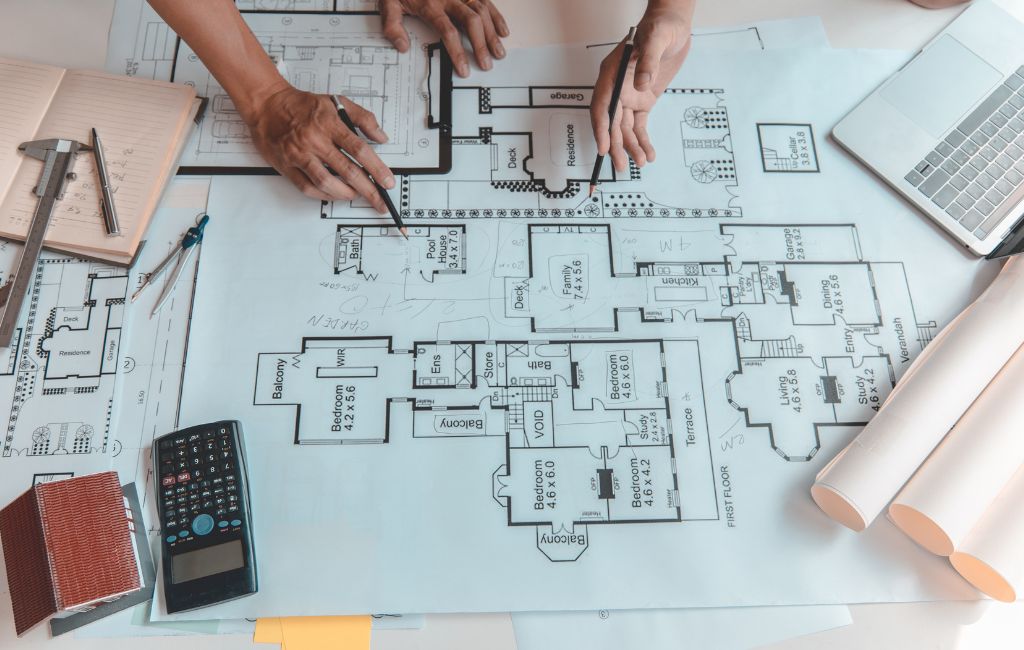Architect: Shaping Spaces

Architect: Shaping Spaces for Modern Living
In the contemporary era, architects play a pivotal role in designing spaces that cater to the evolving needs of society. Their work transcends mere construction, influencing how people interact with their environments. This article explores the multifaceted responsibilities of architects and their impact on modern living.
The Role of an Architect
Architects are responsible for creating functional, aesthetically pleasing, and sustainable spaces. Their work involves a blend of art and science, requiring a deep understanding of materials, engineering principles, and human behavior.
Designing Functional Spaces
Functionality is a cornerstone of architectural design. Architects must consider how spaces will be used and ensure they meet the needs of their occupants. This involves:
- Space planning: Organizing spaces to maximize efficiency and flow.
- Accessibility: Ensuring spaces are usable by people of all abilities.
- Safety: Incorporating features that protect occupants from hazards.
Aesthetic Appeal
Beyond functionality, architects strive to create visually appealing structures. This involves:
- Material selection: Choosing materials that enhance the building’s appearance.
- Proportion and scale: Designing elements that are harmonious and balanced.
- Color and texture: Using color and texture to create visual interest.
Sustainability
With growing environmental concerns, sustainability has become a key focus in architecture. Architects aim to minimize the environmental impact of their designs through:
- Energy efficiency: Incorporating features that reduce energy consumption.
- Renewable materials: Using materials that are sustainable and eco-friendly.
- Waste reduction: Designing buildings that generate minimal waste.
Case Studies in Modern Architecture
Examining real-world examples can provide valuable insights into the impact of architectural design on modern living. Here are a few notable case studies:
The Edge, Amsterdam
The Edge is often cited as one of the most sustainable office buildings in the world. Located in Amsterdam, it features:
- Smart technology: Sensors that monitor and adjust lighting, temperature, and energy usage.
- Energy generation: Solar panels that produce more energy than the building consumes.
- Water conservation: Systems that reduce water usage and recycle greywater.
One Central Park, Sydney
One Central Park in Sydney is a mixed-use development known for its innovative design and sustainability features. Highlights include:
- Vertical gardens: Green walls that improve air quality and provide insulation.
- Renewable energy: A tri-generation plant that produces electricity, heating, and cooling.
- Water recycling: Systems that treat and reuse wastewater.
Vancouver House, Vancouver
Vancouver House is a striking residential tower that exemplifies modern architectural principles. Key features include:
- Unique form: A twisting design that maximizes views and natural light.
- Public spaces: Integration of public art and community spaces.
- Sustainability: Use of sustainable materials and energy-efficient systems.
The Future of Architecture
The field of architecture is continually evolving, driven by technological advancements and changing societal needs. Emerging trends include:
Smart Buildings
Smart buildings use technology to enhance the functionality and efficiency of spaces. Features include:
- Automated systems: Controls for lighting, heating, and security.
- Data analytics: Monitoring and optimizing building performance.
- Connectivity: Integration with smart devices and networks.
Biophilic Design
Biophilic design incorporates natural elements into built environments to improve well-being. This approach includes:
- Natural light: Maximizing exposure to daylight.
- Green spaces: Incorporating plants and green areas.
- Natural materials: Using wood, stone, and other natural materials.
Adaptive Reuse
Adaptive reuse involves repurposing existing buildings for new uses. Benefits include:
- Preservation: Maintaining historical and cultural heritage.
- Sustainability: Reducing the need for new construction.
- Innovation: Creating unique and functional spaces.
Conclusion
Architects are instrumental in shaping the spaces where we live, work, and play. Their work impacts our daily lives, influencing everything from our comfort and safety to our environmental footprint. By embracing new technologies and sustainable practices, architects continue to push the boundaries of what is possible, creating spaces that are not only functional and beautiful but also resilient and adaptable for the future.